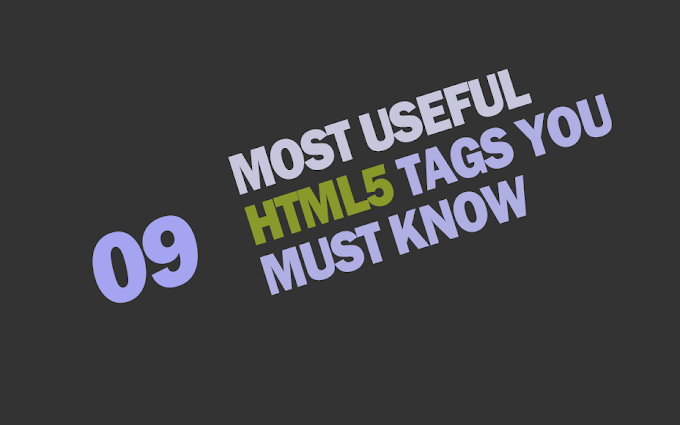Java is one of the most widely used programming languages in the world, and with each new release, it only gets better. Java 11 is the latest version of the language and brings a number of new features and improvements to the table. In this comprehensive guide, we'll take a closer look at what's new in Java 11, how to upgrade to the latest version, and how these changes can benefit developers.
What's New in Java 11?
Java 11 was released in September 2018 and is the first long-term support (LTS) release of Java since version 8. This means that Oracle, the company that maintains Java, will provide updates and security fixes for Java 11 for at least the next five years.
One of the major changes in Java 11 is the removal of the JavaEE and CORBA modules. These modules, which were used for enterprise application development and distributed computing, have been deprecated for some time and are no longer needed in most cases. The removal of these modules has resulted in a smaller, more streamlined runtime.
Another significant change in Java 11 is the introduction of the HTTP client API, which allows developers to send HTTP requests and receive responses in a more efficient and convenient way. The HTTP client API is fully asynchronous and supports HTTP/2 and WebSockets.
In addition to these major changes, Java 11 also includes a number of other improvements and features, such as:
- The ability to use single-file source code programs, which can make it easier to share small pieces of code with others.
- The ability to launch a single-file source code program directly from the command line, without the need to compile it first.
- The addition of the ZGC garbage collector, which is designed to reduce garbage collection pauses to near zero.
- Improved support for Unicode 10, which adds a number of new characters and symbols to the Unicode standard.
How to Upgrade to Java 11
If you're currently using an older version of Java and want to upgrade to Java 11, the process is relatively straightforward. First, you'll need to download the Java 11 JDK (Java Development Kit) from the Oracle website. Once the download is complete, you'll need to install the JDK on your system.
After installing the JDK, you'll need to set the JAVA_HOME environment variable to point to the location of the JDK installation. This will allow Java 11 to be used as the default version of Java on your system.
Once you've set the JAVA_HOME environment variable, you can verify that Java 11 is the default version by running the following command:
java -version
This will display the version of Java that is currently being used. If Java 11 is the default version, you'll see output similar to this:
java version "11.0.7" 2020-04-14 LTS
Java(TM) SE Runtime Environment 18.9 (build 11.0.7+8-LTS)
Java HotSpot(TM) 64-Bit Server VM 18.9 (build 11.0.7+8-LTS, mixed mode)
If you're using an older version of Java, you may need to update your code to ensure that it is compatible with Java 11. This may involve making changes to deprecated APIs or methods that have been removed in Java 11.








![[Cupons] Paid udemy courses for free](https://blogger.googleusercontent.com/img/b/R29vZ2xl/AVvXsEgYa-f_8UEE95d9stpdRzq6_DUq19avn09M2CVWIuQGI_PwaZBMcNhuHmPZQsw81GMeWwUY2Q-Cr66RoAmMq1f_pok6pdv-W86qc9_wWSxqXEq_RHYyRY0Ldly_yi2DSfyed4Cxiks6Nbzp/w680/Paid+udemy+courses+for+free.png)




0 Comments
If you have any question please ask?